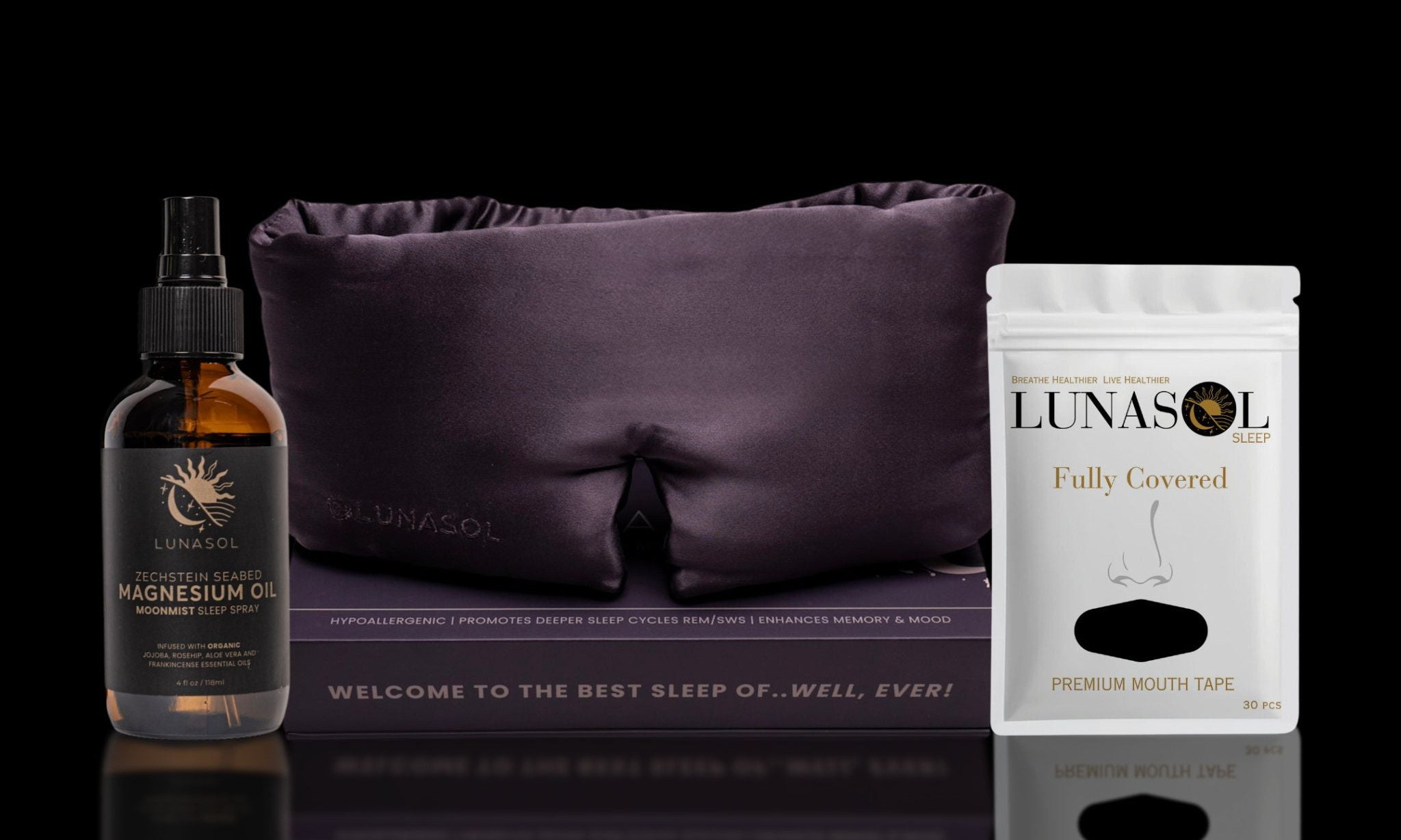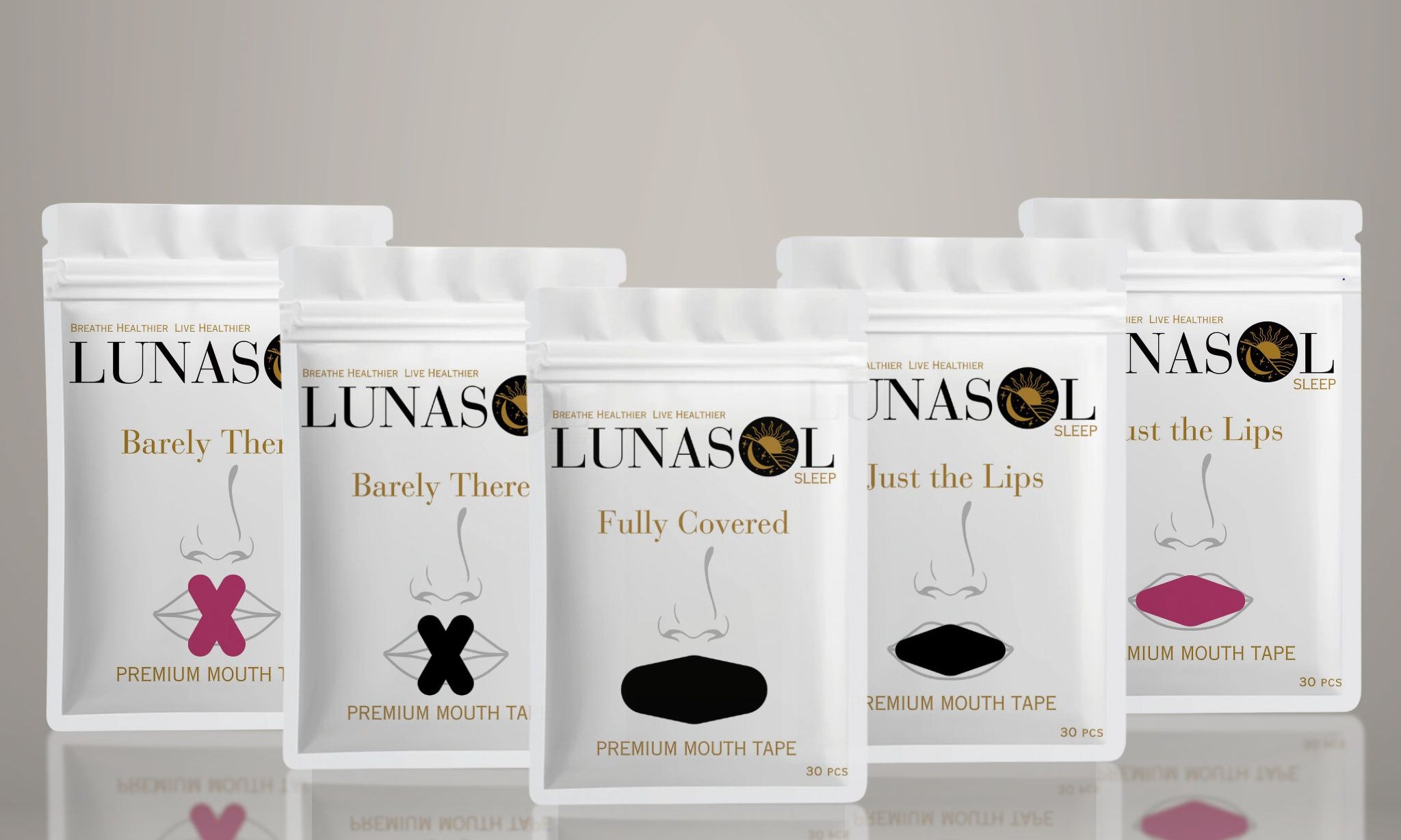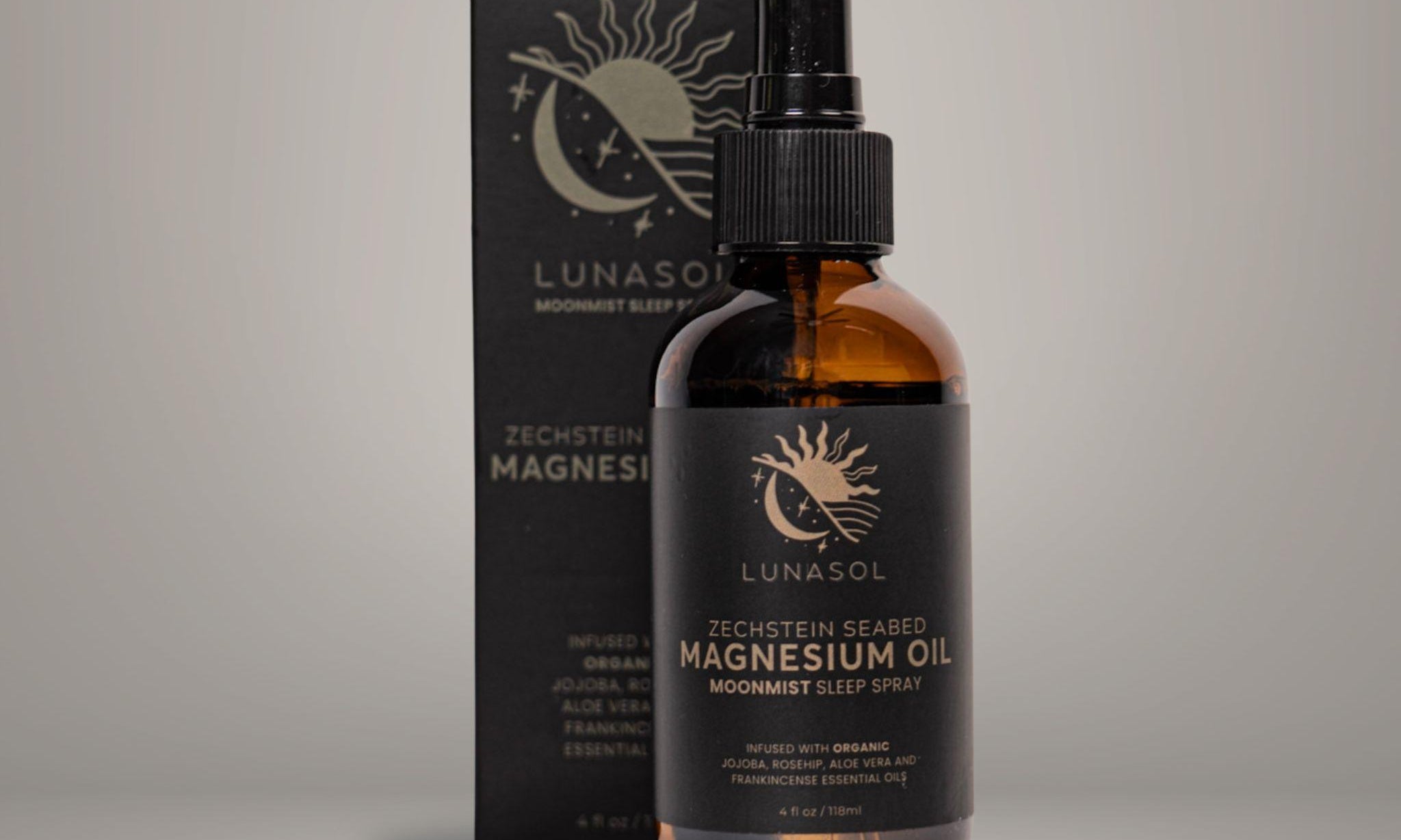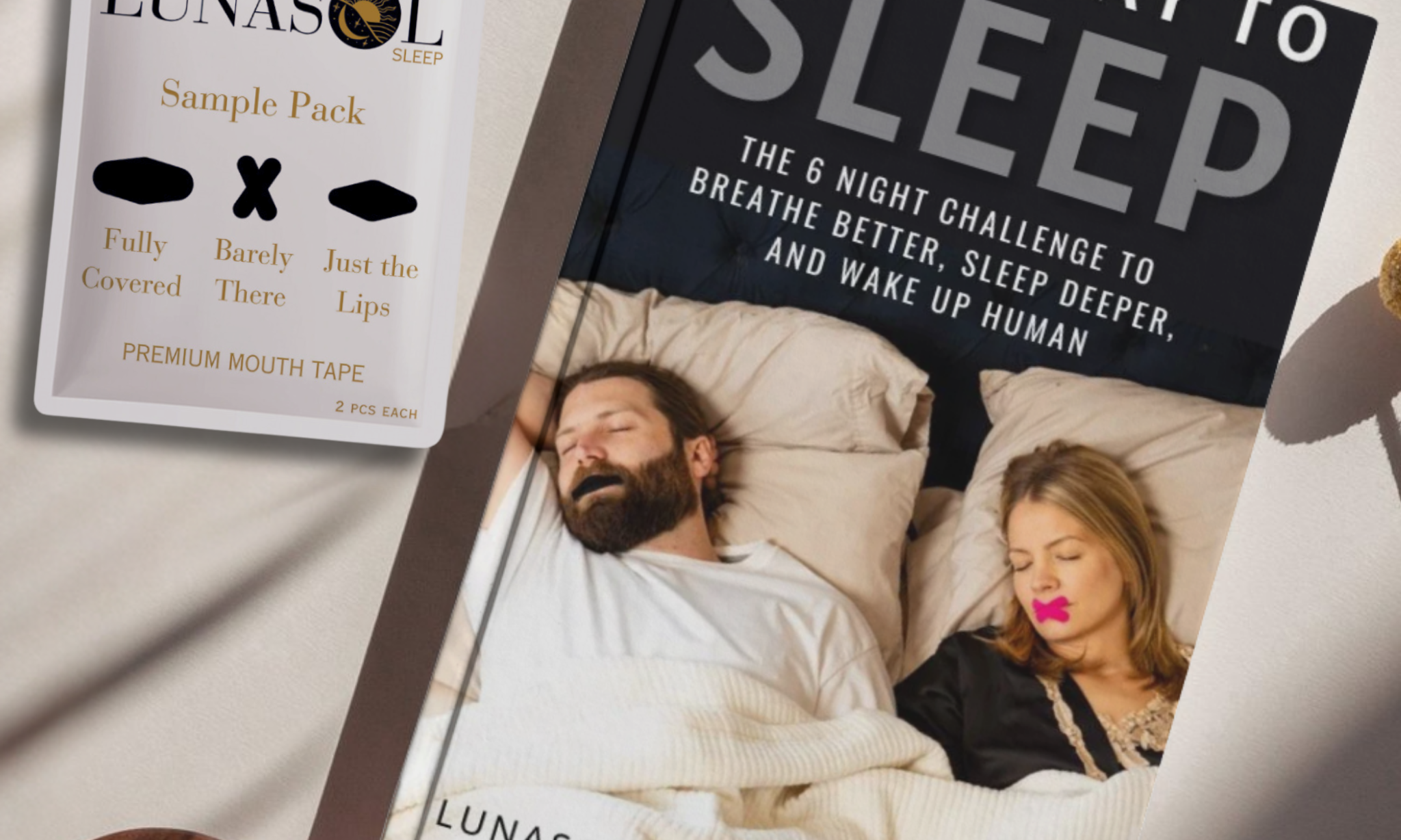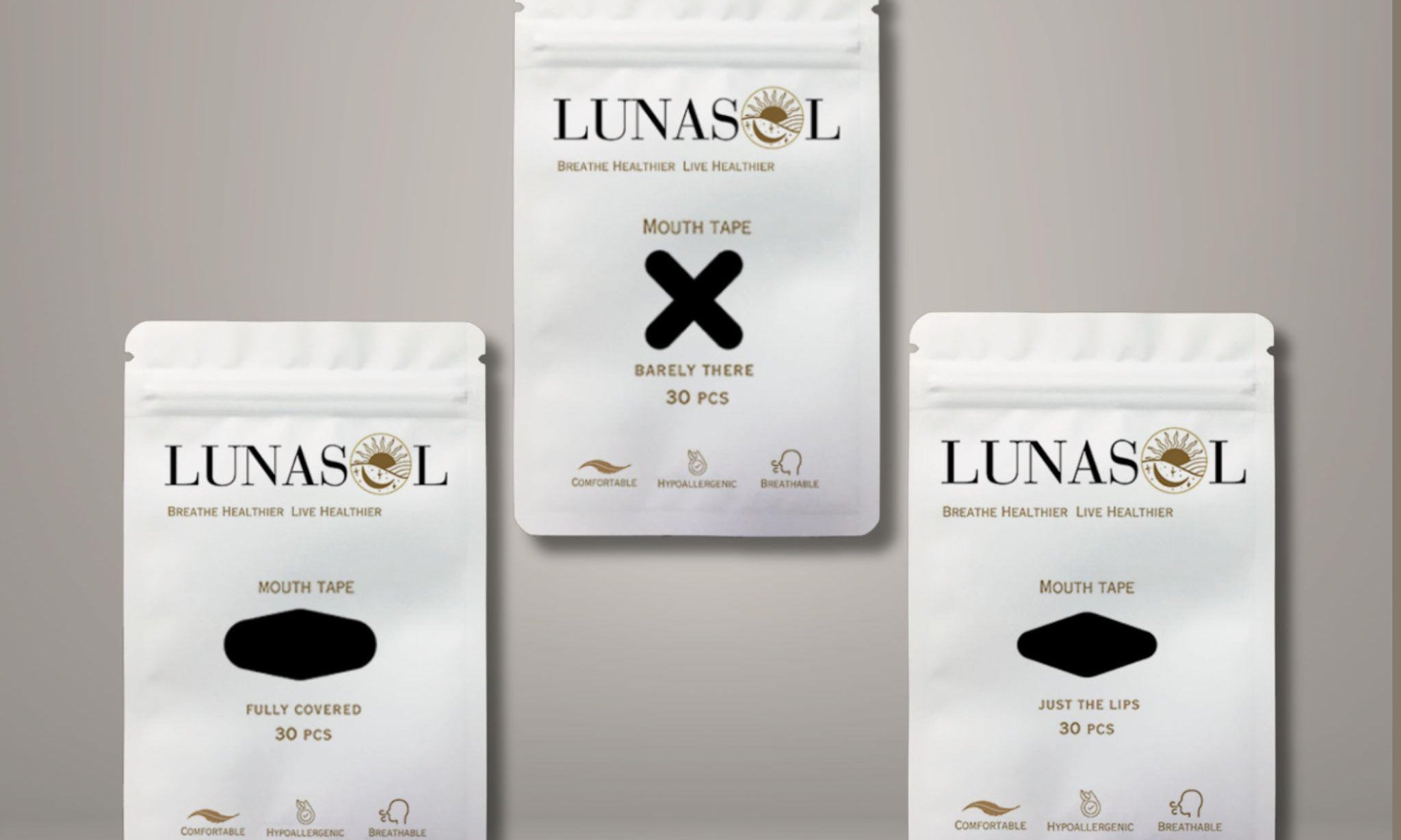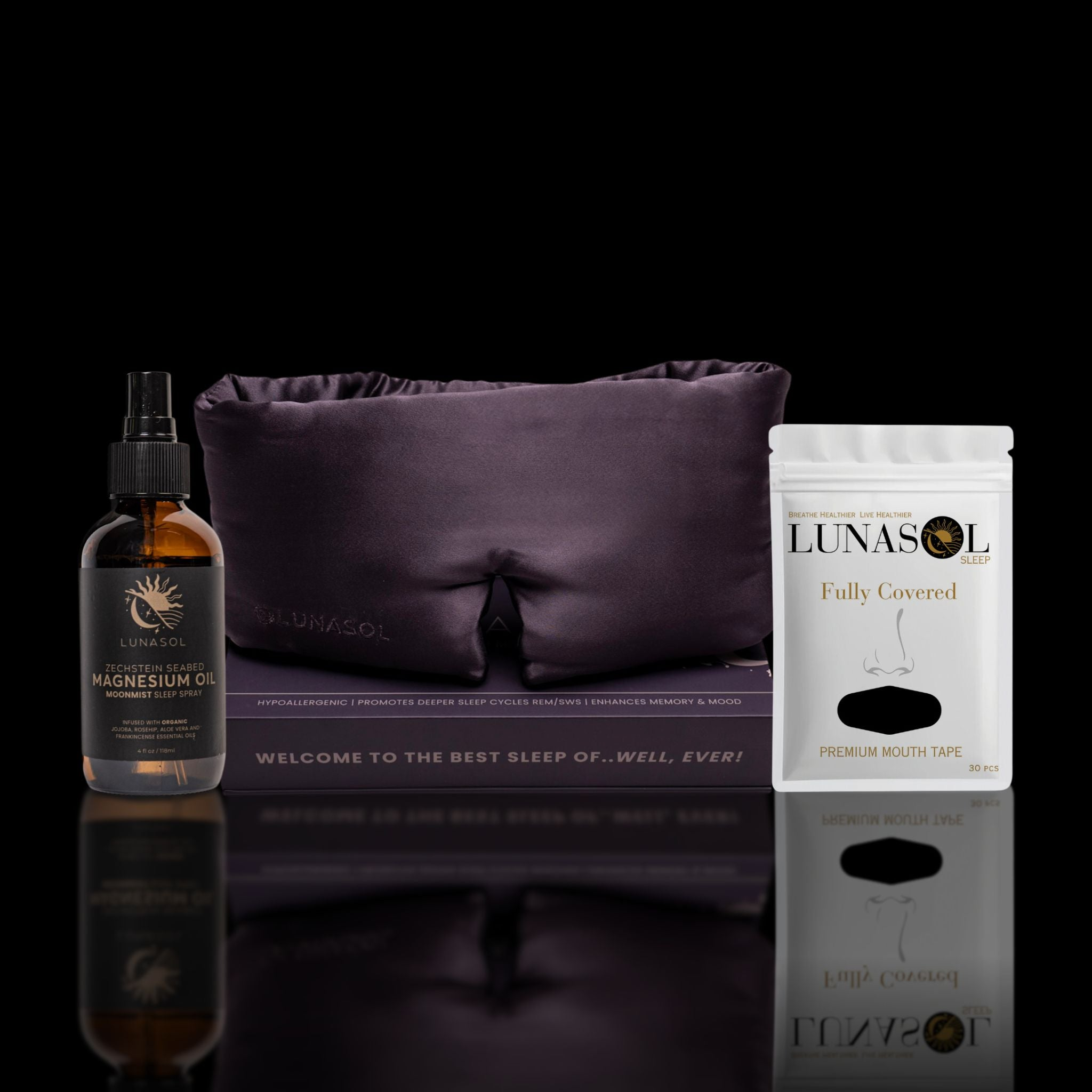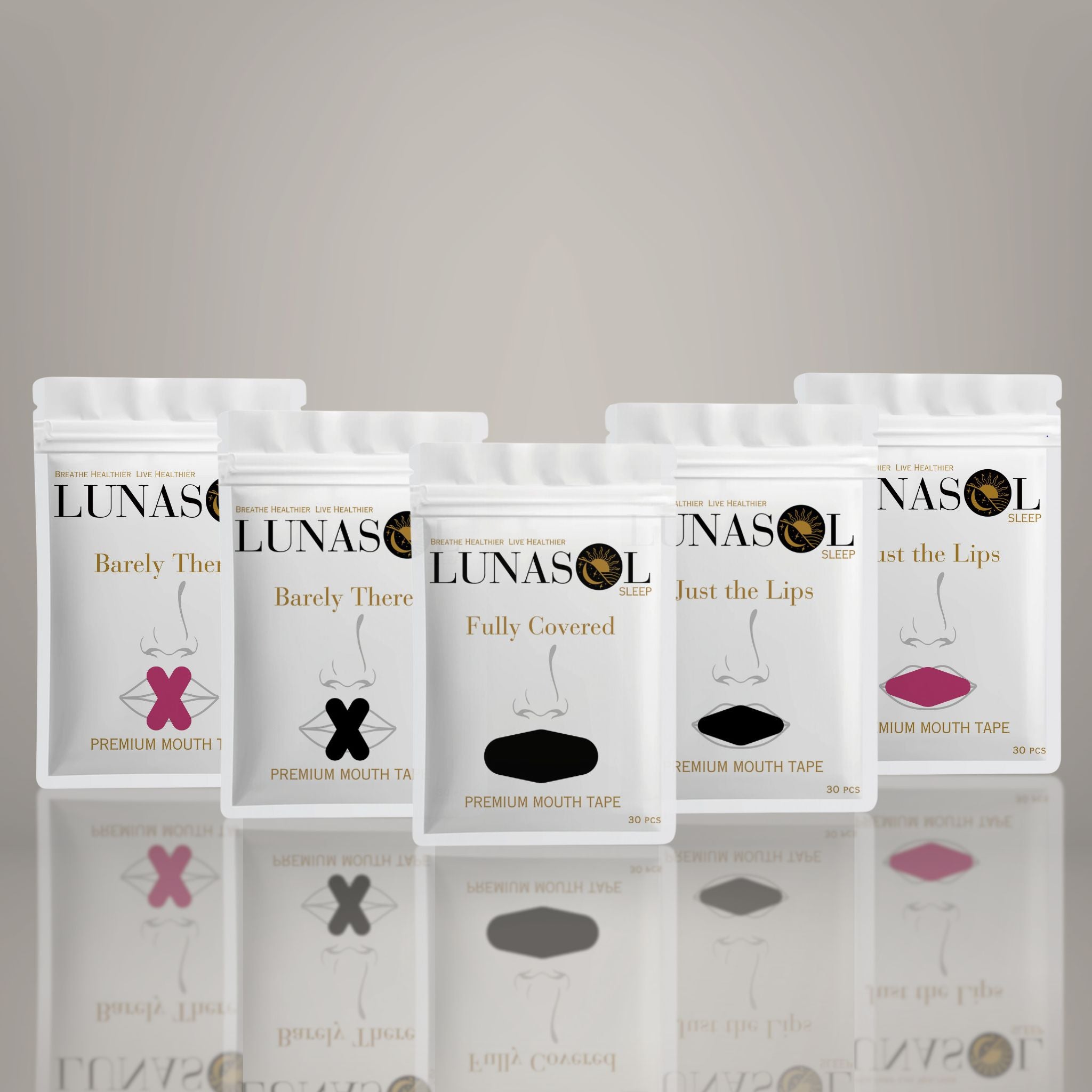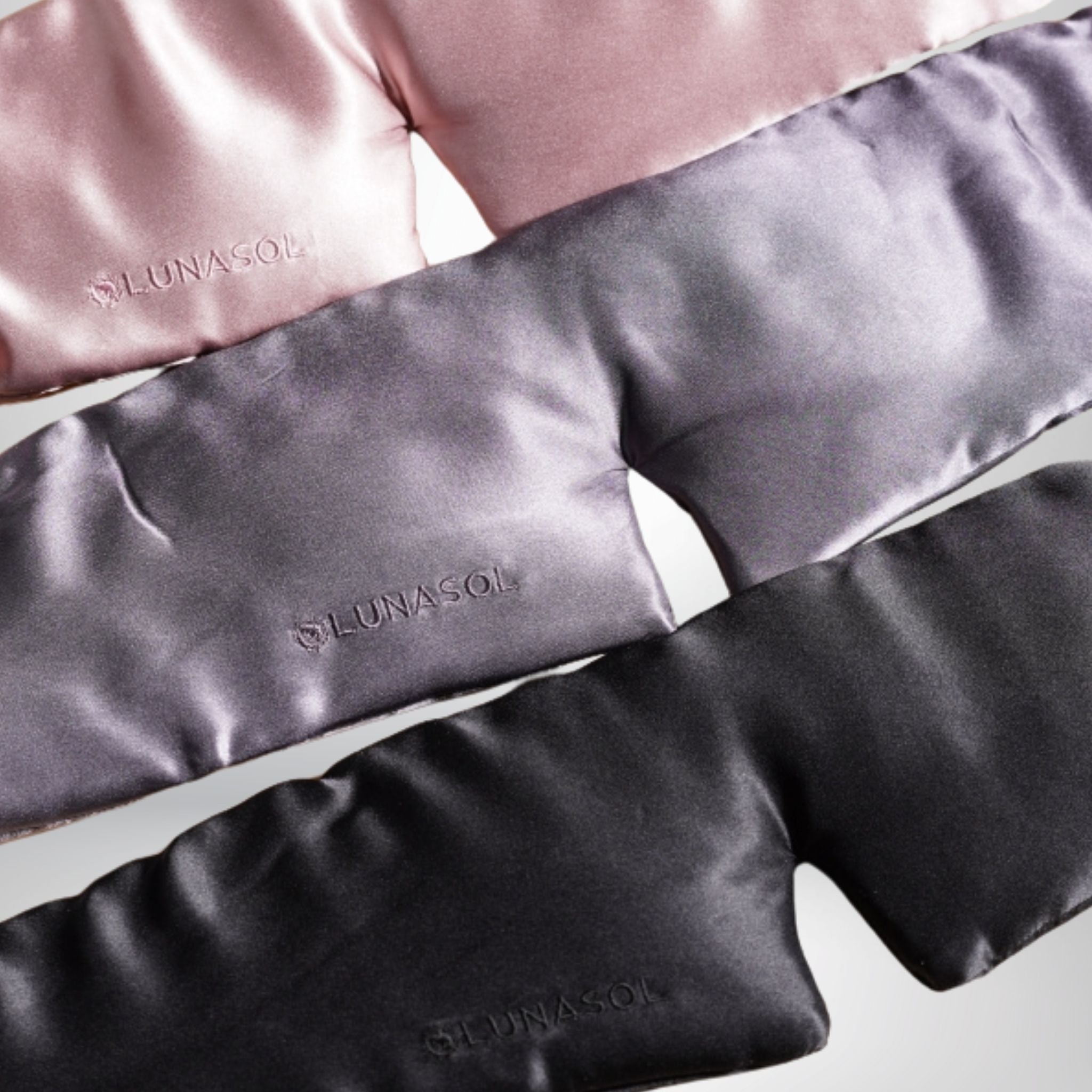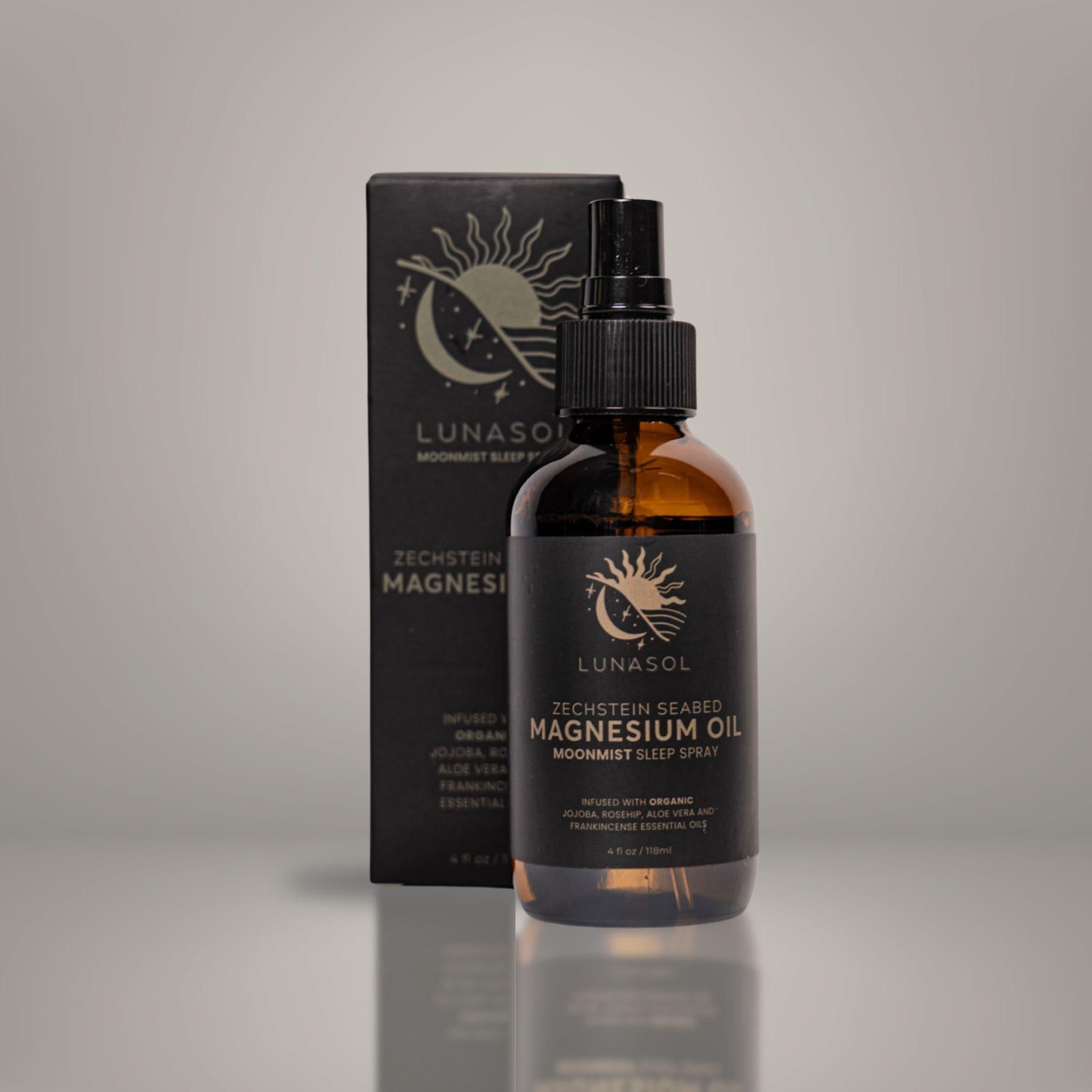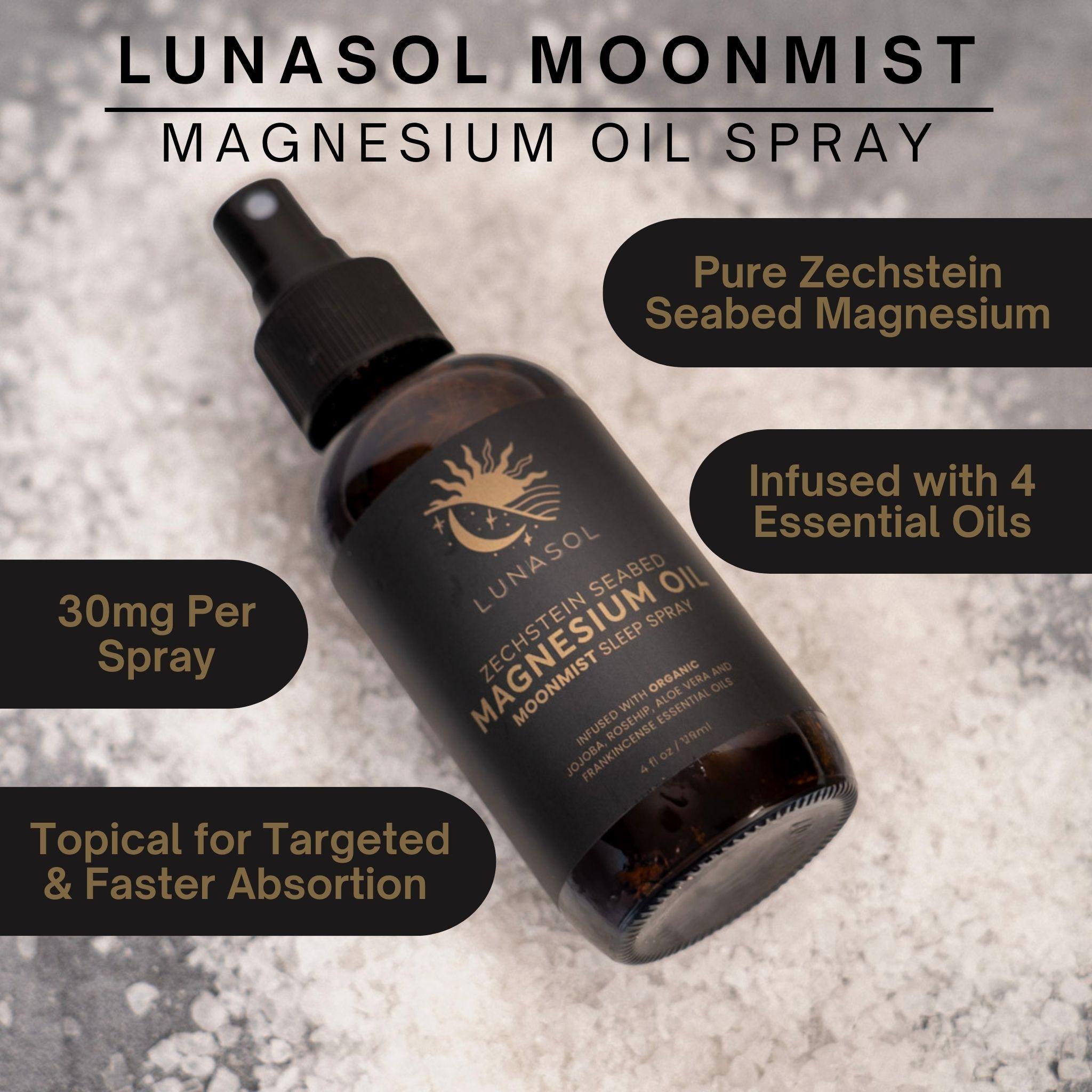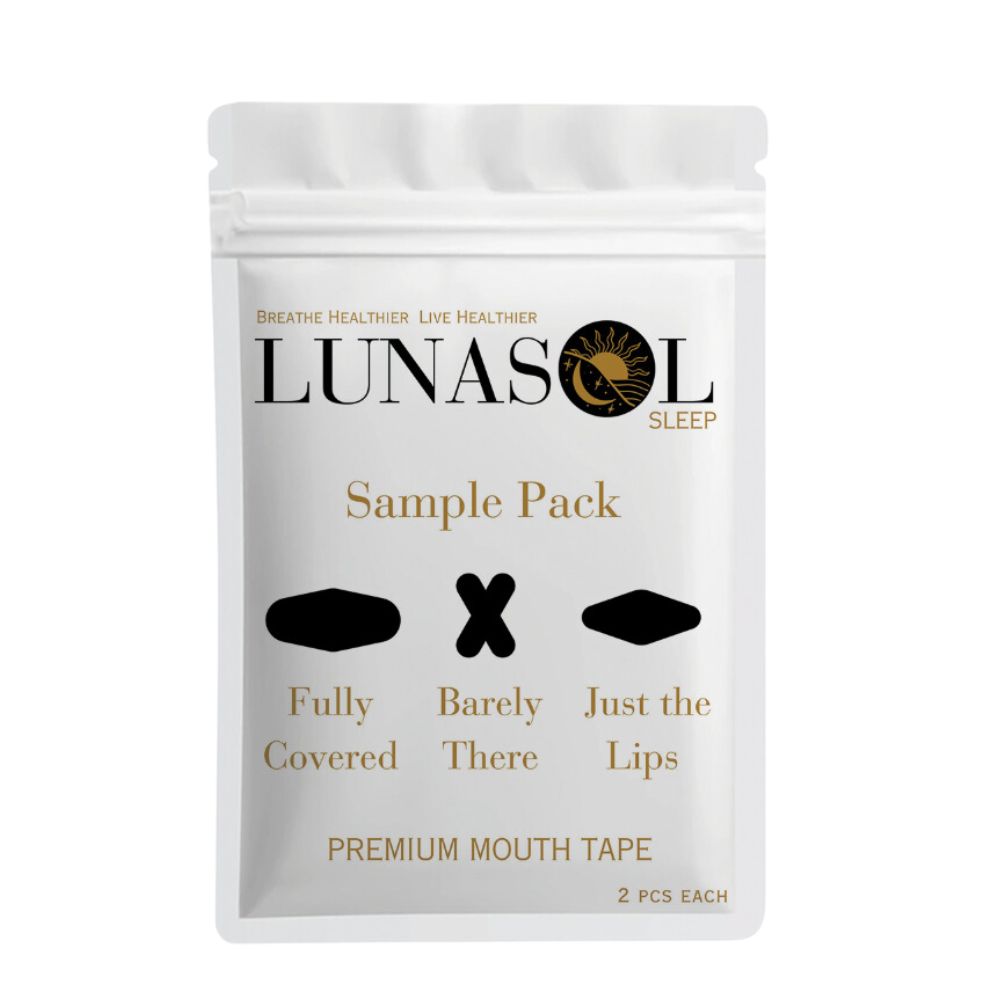When we think about breathing, most of us are conditioned to believe it's all about oxygen. We imagine big, deep breaths, envisioning oxygen as the magical elixir that powers our bodies and keeps us alive. But here’s a twist: carbon dioxide (CO₂) — yes, that gas we’ve been taught to expel like it's some villainous waste product — is just as crucial to our health. It’s not the enemy. In fact, carbon dioxide plays a starring role in our breathing mechanics, pH balance, and overall well-being.
Get ready to dive deep into the often-overlooked importance of CO₂, how it can improve your breathing, why nasal breathing is the unsung hero, and how something as simple as Lunasol Sleep Mouth Tape can transform the way you breathe, sleep, and live. Buckle up for a fun (yet informative) journey into the world of breathing and health, peppered with a sprinkle of dry humor because, let’s face it, nothing says "party" like carbon dioxide.
What Is Carbon Dioxide (CO₂) and Why Should You Care?
First off, let’s clear up a misconception: carbon dioxide isn't just the bad guy. Yes, we exhale it, and yes, too much of it in the atmosphere contributes to climate change, but within the human body, it's a completely different story.
The Basics of CO₂ in the Body
Carbon dioxide is a gas produced by our cells as a byproduct of metabolism — when oxygen is used to create energy, CO₂ is what’s left over. Every time you exhale, you're expelling CO₂. But don’t be so hasty to get rid of it! CO₂ does more than hitch a ride out of your lungs; it helps maintain balance within your body.
Here’s where it gets interesting (yes, carbon dioxide can be interesting). CO₂ plays an essential role in regulating blood pH levels and ensuring oxygen is delivered to your tissues. This is because of a handy little thing called the Bohr Effect.
The Bohr Effect — No, It’s Not a Sleep-Inducing Science Term
Stick with me here: the Bohr Effect is all about how CO₂ influences the release of oxygen from hemoglobin (the stuff in your blood that carries oxygen). In simple terms, the more CO₂ present in your blood, the more efficiently oxygen is released to your muscles and organs. So if you’re too efficient at breathing out carbon dioxide, you’re actually making it harder for your body to use the oxygen you worked so hard to breathe in. Ironic, right?
Now, let’s talk about how this relates to your daily breathing habits and why mouth breathing might be sabotaging your health without you even realizing it.
Nasal Breathing vs. Mouth Breathing: The CO₂ Factor
Nasal Breathing: The VIP Treatment for Your Body
Nasal breathing is like the five-star treatment for your respiratory system. Your nose isn’t just there to smell your morning coffee or detect if your coworker heated up fish in the microwave (again). It's your built-in air filter, humidifier, and, most importantly, the gatekeeper that helps regulate your oxygen and CO₂ balance.
When you breathe through your nose:
- You slow down the breath: Slower breathing allows more CO₂ to accumulate, which helps oxygen get where it needs to go. (Remember the Bohr Effect?)
- You humidify and filter the air: Your nose adds moisture to the air and filters out harmful particles, making breathing smoother and healthier.
- You engage your diaphragm more effectively: This deeper breathing pattern not only helps improve lung function but also keeps your nervous system calm and relaxed.
Mouth Breathing: The Fast Pass to Imbalance
On the flip side, mouth breathing is like running your body on Wi-Fi when you could be plugged into fiber optic broadband. It’s inefficient, destabilizes CO₂ levels, and can lead to a cascade of problems, such as:
- Lower CO₂ levels: Breathing too fast through your mouth blows off too much CO₂, reducing your body's ability to efficiently deliver oxygen.
- Dehydration and dry mouth: Without the humidifying function of your nose, mouth breathing leads to dryness, which can cause everything from bad breath to dental issues.
- Poor sleep: Mouth breathers are more prone to sleep apnea and snoring. This disrupts restful sleep and reduces the amount of oxygen your body receives during the night.
How CO₂ Affects Your Breathing Mechanics
Your body's ability to manage CO₂ is closely linked to your breath control. You know that feeling when you’re out of breath after sprinting to catch the bus (only to miss it, of course)? That shortness of breath isn’t just about running out of oxygen; it’s often about the accumulation of CO₂ in your bloodstream.
When you train yourself to tolerate higher levels of CO₂, you can improve your endurance, mental clarity, and even sleep quality. But most of us have a pretty low CO₂ tolerance because we’ve been conditioned to over-breathe. (Thanks, society!)
The CO₂ Tolerance Test
Here’s a quick test you can try at home to check your CO₂ tolerance:
- Sit down comfortably and breathe normally through your nose.
- Exhale gently, then pinch your nose and start a timer.
- Hold your breath until you feel the first urge to inhale — this is not about holding it as long as you possibly can, just until that initial reflex kicks in.
- Stop the timer. The number of seconds you held your breath is your “CO₂ tolerance” score.
If you scored below 20 seconds, you might benefit from breathwork exercises to increase your CO₂ tolerance and improve your overall health.
Breathing Exercises to Boost CO₂ Tolerance (And Why Lunasol Sleep Mouth Tape Helps)
Now, let’s get to the fun part — breathing exercises! These simple techniques can help you increase your CO₂ tolerance, improve your oxygen efficiency, and feel more energized throughout the day. Plus, they pair perfectly with the use of Lunasol Sleep Mouth Tape to promote nasal breathing, especially while you sleep.
1. The Box Breathing Technique
Box breathing is a favorite among Navy SEALs and stressed-out corporate types alike. It’s a simple yet powerful way to slow down your breath and retain more CO₂.
- Inhale through your nose for 4 seconds.
- Hold your breath for 4 seconds.
- Exhale through your nose for 4 seconds.
- Hold your breath again for 4 seconds.
Repeat this for several rounds, and you’ll feel your heart rate slow, your mind calm, and your CO₂ tolerance rise.
2. Buteyko Breathing
Developed by Ukrainian physician Dr. Konstantin Buteyko, this technique is designed to reduce over-breathing and increase CO₂ levels. The key is to take shallow, controlled breaths to help your body adapt to higher CO₂ concentrations.
- Breathe in through your nose for 2 seconds.
- Breathe out through your nose for 3 seconds.
- Hold your breath for as long as comfortable, then repeat.
This method is especially helpful for those with asthma or anxiety, as it teaches the body to tolerate higher levels of CO₂ while calming the nervous system.
3. Alternate Nostril Breathing
A classic yoga technique, alternate nostril breathing helps balance the left and right sides of the brain while also improving CO₂ retention.
- Close your right nostril with your thumb and inhale through your left nostril for 4 seconds.
- Close your left nostril with your ring finger and exhale through your right nostril for 4 seconds.
- Inhale through your right nostril, then switch and exhale through your left nostril.
Repeat this process for a few minutes to feel grounded and focused.
How Lunasol Sleep Mouth Tape Helps You Breathe Better (Even While You Sleep)
Now, let’s tie it all together. We’ve talked about how nasal breathing promotes better CO₂ regulation and how mouth breathing messes with that balance. But what happens when you sleep? If you’re a mouth breather at night, your CO₂ levels are likely all over the place, leading to poor sleep quality, snoring, and even sleep apnea.
That’s where Lunasol Sleep Mouth Tape comes in. By gently sealing your lips, this tape encourages nasal breathing, ensuring that your body retains more CO₂, sleeps more deeply, and wakes up feeling refreshed.
- Improves CO₂ retention: With your mouth taped, you’ll naturally breathe through your nose, helping your body maintain optimal CO₂ levels throughout the night.
- Reduces snoring: Nasal breathing keeps your airway open and reduces the likelihood of snoring, giving you and your partner a better night’s sleep.
- Boosts sleep quality: When you breathe through your nose, your sleep is less likely to be interrupted by oxygen imbalances or sleep apnea.
Using Lunasol Sleep Mouth Tape is simple and comfortable. Before bed, apply a small strip to your lips. The tape is gentle on your skin, hypoallergenic, and designed for easy removal in the morning. The result? You wake up feeling rested, refreshed, and ready to tackle the day.
Final Thoughts: Why CO₂ Deserves More Love in Your Breathing Routine
Carbon dioxide may not have the same glamorous reputation as oxygen, but it’s time to give this unsung hero the respect it deserves. By improving your CO₂ tolerance and switching to nasal breathing (with a little help from Lunasol Sleep Mouth Tape), you can experience a wide range of health benefits, from better sleep to improved mental clarity and physical endurance.
So the next time you take a breath, remember: it’s not just about the oxygen. Give a little love to the CO₂ that makes it all possible.
Ready to improve your breathing and sleep quality? Try Lunasol Sleep Mouth Tape tonight and experience the difference for yourself. Breathe | Sleep | Live Better.


